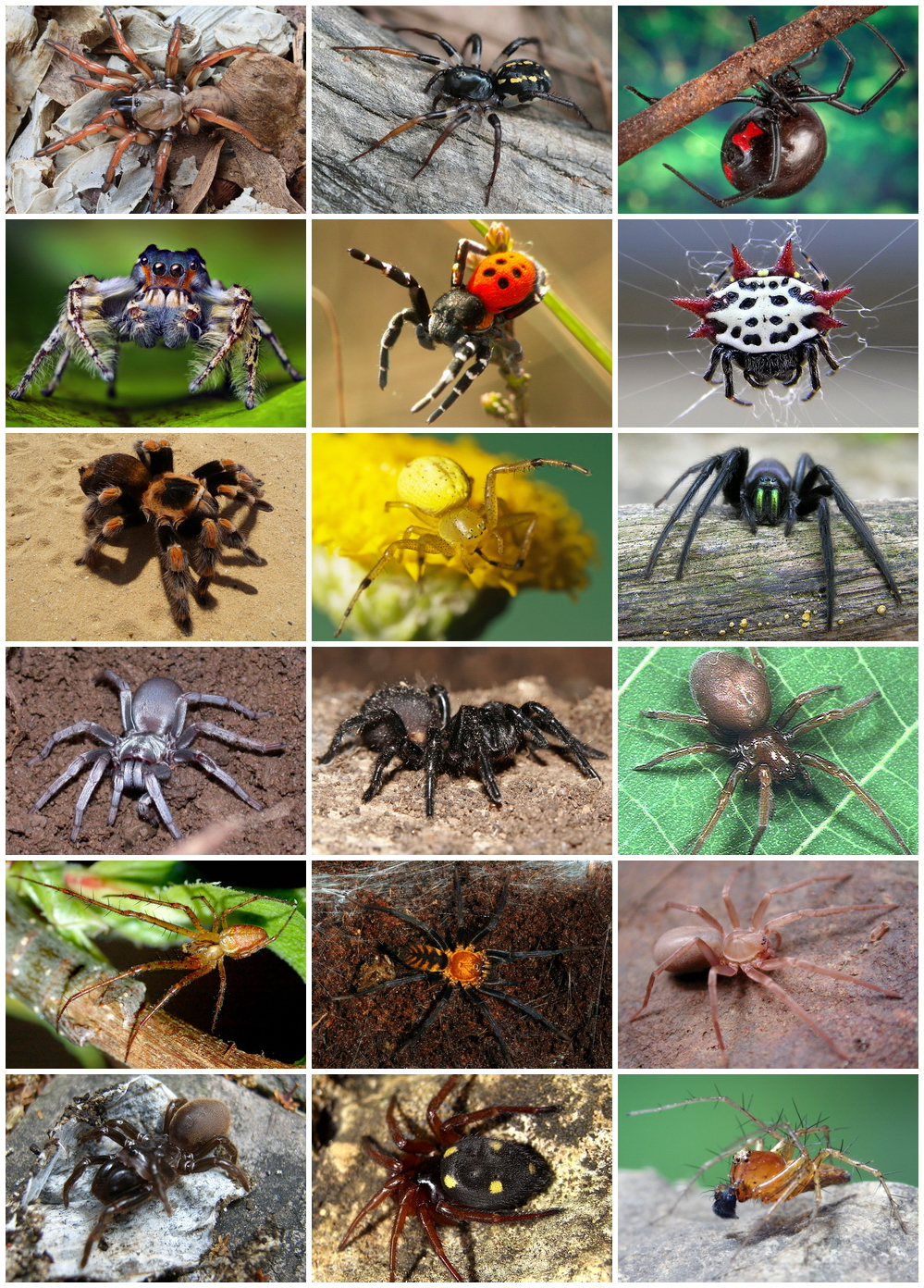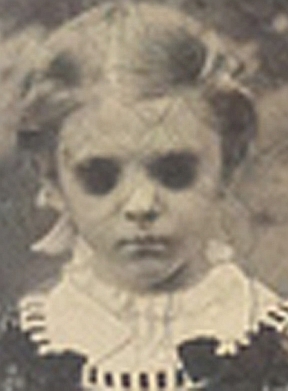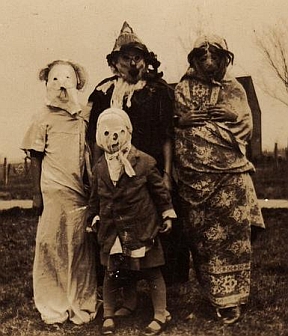When 3E hit the streets, the idea of monster types was introduced into D&D. As I mentioned yesterday, a monster type is sort of like a monster’s base character class. Its type defines the monster’s Hit Die type, most likely skills, common traits (such as the undead’s immunity to charm spells), and so forth. Among the types introduced to us was the vermin, which I’ve long found curious.
An animal is “a living, nonhuman creature, usually a vertebrate with no magical abilities and no innate capacity for language or culture.” Vermin “includes insects, arachnids, other arthropods, worms, and similar invertebrates.” The difference? One has vertebrae; the other doesn’t. The vermin’s invertebrate status someone seems to mean that vermin are mindless, which means they have “[n]o Intelligence score, and immunity to all mind-affecting effects (charms, compulsions, morale effects, patterns, and phantasms). Mindless creatures have no feats or skills.”
I’ve never understood this. Bugs might not be terribly bright, but the things that many of them can do certainly qualify as feats or skills. Clicking randomly on five or so vermin over at d20pfsrd.com confirms this. Five for five have skills listed. So, vermin “have no feats or skills” except when they do. That clear?
But I digress.

Today looks to be offering me two choices. First, I choose animal or vermin. Then, I choose my favorite example of that type. So, I choose vermin, and I choose giant spider. (Nota bene: Click on the picture to embiggen.)
Spiders are awesome. Let’s scour Wikipedia for 1d6 examples of arachnid awesomeness:
1. “Spiders are found worldwide on every continent except for Antarctica, and have become established in nearly every habitat with the exception of air and sea colonization.”
That’s right, GMs. You can almost always use giant spiders. They live everywhere.
2. “Unlike most arthropods, spiders have no extensor muscles in their limbs and instead extend them by hydraulic pressure.”
Whoa!
3. “Spiders use a wide range of strategies to capture prey: trapping it in sticky webs, lassoing it with sticky bolas, mimicking the prey to avoid detection, or running it down. Most detect prey mainly by sensing vibrations, but the active hunters have acute vision, and hunters of the genus Portia show signs of intelligence in their choice of tactics and ability to develop new ones.”
Emphases added to increase your terror.
4. “Spiders’ guts are too narrow to take solids, and they liquidize their food by flooding it with digestive enzymes and grinding it with the bases of their pedipalps, as they do not have true jaws.”
Please join me in screaming now.
5. “Spiders can generate pressures up to eight times their resting level to extend their legs, and jumping spiders can jump up to 50 times their own length by suddenly increasing the blood pressure in the third or fourth pair of legs.”
That’s right. Fifty times!
6. “A few species of spiders that build webs live together in large colonies and show social behavior, although not as complex as in social insects. Anelosimus eximius (in the family Theridiidae) can form colonies of up to 50,000 individuals.”
Anelosimus eximius lives in South America. I’m never going to visit South America. It’s not worth the risk of being mobbed by 50,000 spiders.
Tags: 30 Day D&D Challenge, horror, monsters







